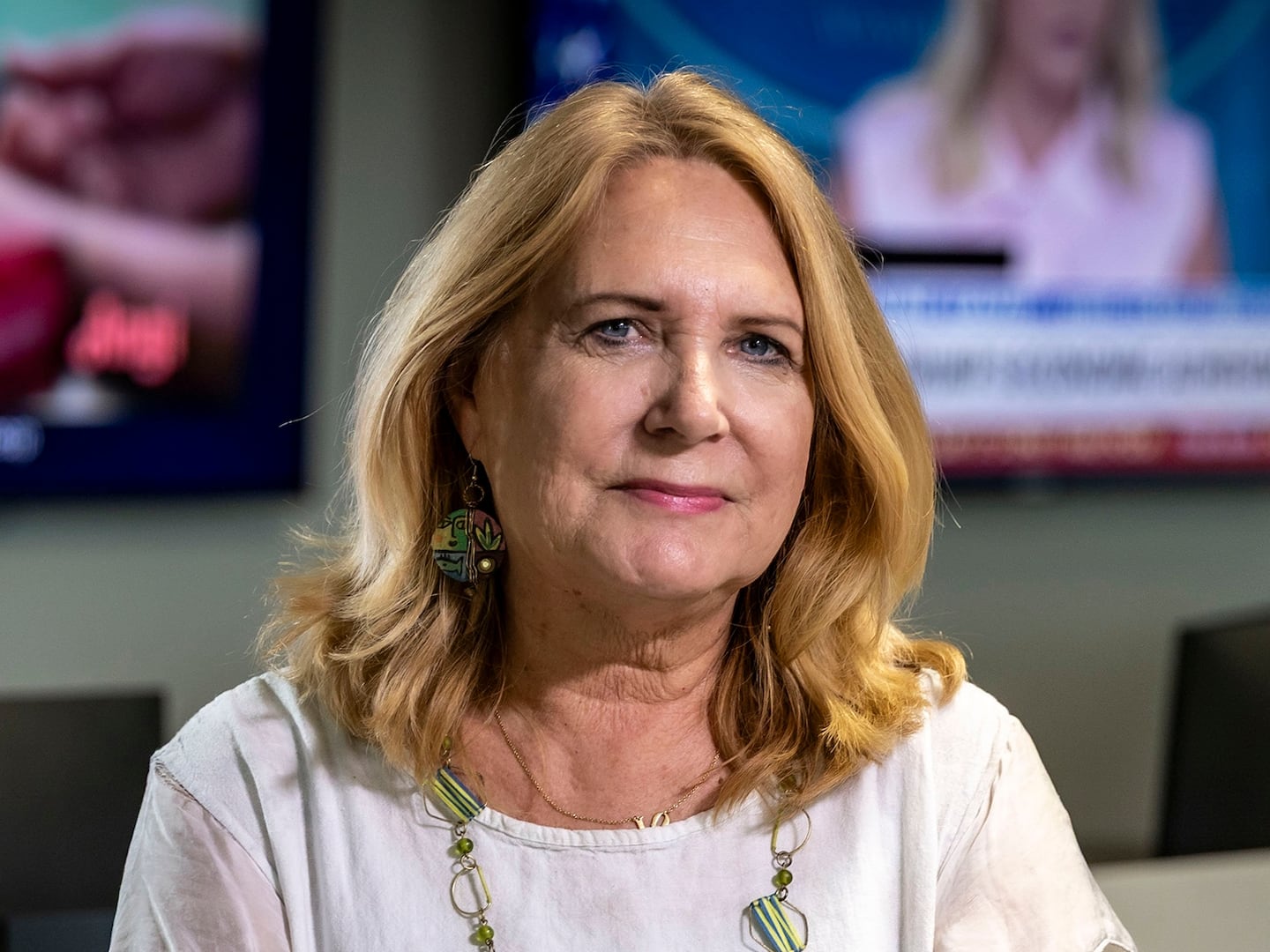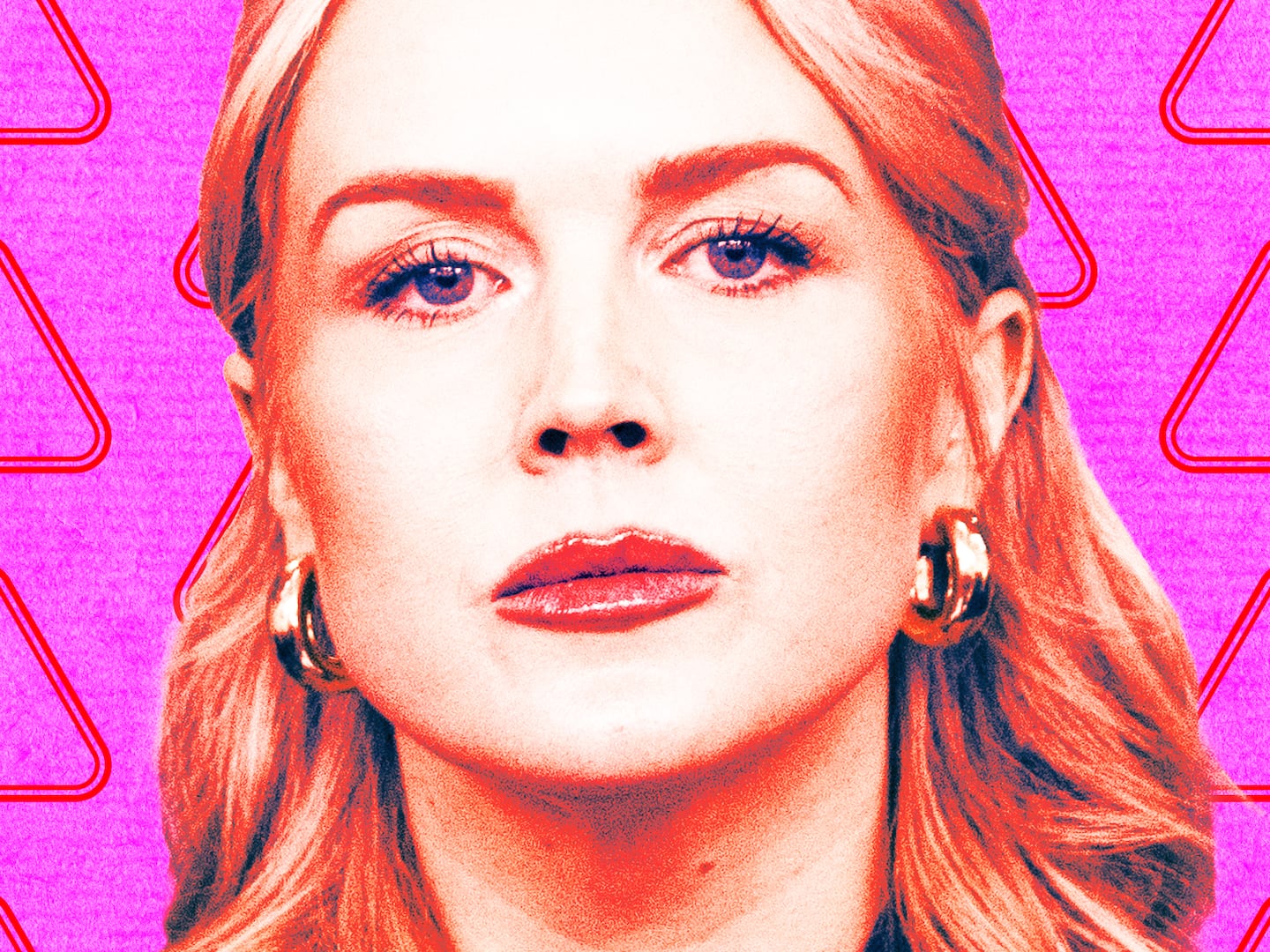I was 22, walking across the campus of UCLA, where I was taking summer classes to be able to apply to graduate school.
Wouldn’t it be swell, I suddenly thought, to live every moment of my life on Adderall?
Adderall had crept into my life while I was in college. It was the most seductive thing I’d ever met. Years passed. We got closer. But still, our relationship was limited to the undergraduate black market.
Until my revelation, in the Los Angeles sunshine, that really, there was no need for this kind of moderation. Why stop here when there were so many pills to be had, and so much fun to get out of having them?
Of course, though, it wasn’t fun I was after. Instead, it had everything to do with the perception I had that in order to be up to snuff in the year 2005, to be marketable and employable and even perhaps excellent, it was no longer good enough to be unmedicated. It was no longer sufficient, I had come to believe, to just be myself.
And so, within two hours, I was on Google, typing in “cognitive behavioral psychiatrist, Westwood California.” No psychoanalysts for me. They would explore the issue far too deeply for my purposes.
And presto.
Google presented me with a wealth of options. I went with Dr. K because he was the first name on the list and he was a five-minute drive from the very spot where I was Googling him.
When I got there, I found a handsome young psychiatrist with approximately as little interest in me as I had in him.
I sat on his couch. I jiggled my foot (hyperactivity. Check). I reported, lugubriously, that I’d only been able to hold down jobs that were based on serious multitasking, like waitressing (a blatant lie. I was a terrible waitress. But multitasking is a hallmark of ADHD). I said some other stuff, too. He checked his little boxes.
And within 45 minutes, I was back in the sunshine on San Vicente Boulevard, my coveted permission slip in hand.
I remember the moment well. It wasn’t what I’d expected it to be.There was no glee involved. No triumph, no relief, and no pleasurable anticipation.
Instead, it went something like this. I’m on my own now. I’m alone now.
But it turns out I was far from alone—if anything, my story was increasingly common. By 2009, 25 percent of American college kids would be prescribed some kind of psychotropic medication, according to a new book called Dosed: The Medication Generation Grows Up.
The author, Kaitlin Bell Barnett, is squarely a member of this medication generation. Now 30, she went on Prozac when she was still in high school to treat her clinical depression. In her debut book, she has put together a serious-minded assemblage of research and anecdotes that addresses the question of what it means to grow up in a generation that’s been infiltrated by pharmacology like no other generation has before.
This conversation is long overdue.

“Medication rewrites history,” says Peter Kramer, the psychiatrist and renowned author of Listening to Prozac.
By this, he means, going on medication makes you question all the things about yourself that you assumed were fixed, an inexorable feature of your identity. But with the pills kicking in, you might begin to question whether that debilitating pessimism really is a part of your basic nature, whether that omnipresent anxiety really is necessary to your survival.
Drugs, Barnett writes, “reshape some of one’s interpretations about oneself and one’s life but allow traces of experience and markers of identity to remain.”
But, she continues, “the earlier in life the drugs are begun, the fewer and fainter those traces and markers are likely to be.”
What, Barnett asks, does it mean when you start medication at such an early age that you have no history to rewrite?
The implications of Barnett’s book are important and unnerving.If a child is dosed with psychotropic drugs throughout the process of growing up, what does that mean for their sense of agency? For their ability to achieve mastery over their emotions and behavior? Who would they be if not for their pill?
As the psychiatrist David Mintz observes, kids who’ve taken meds throughout their formative years, can often “end up thinking of their feelings not as guides but simply as symptoms.”
Beyond these crucial questions about how pills interact with identity, there’s yet a more basic one to be asked.
What do these pills mean for children’s bodies and brains?
Barnett points to the evidence suggesting that prescribing stimulants like Ritalin to young children carries the risk of significantly stunting their growth. More alarmingly, Barnett also points to research that shows it’s possible that prescribing a mood-regulating drug to a child or teenager might actually increase the risk that they will develop different and more severe symptoms.
For instance, one study from 2004 showed that young people ages 5 to 29 who were on SSRIs went from a diagnosis of anxiety or depression to a diagnosis of bipolar disorder at twice the rate of their unmedicated peers.
And then there are the existential ambiguities.
There are the questions that many children, a little older now, might find themselves asking. Questions like, as Barnett puts it, “am I still the person who needed the medication back then?”
Barnett touches on several factors that have spurred the incredible rise in prescribing mood-regulating drugs to children.
One of them, she argues—and she is not alone in this—was the FDA’s decision, in the 1990s, to allow drug companies to advertise directly to consumers on television. Suddenly, there on your TV screen, a soothing voice inquired whether you felt a loss of pleasure, a sense of isolation, trouble sleeping, a feeling that life was not worth living. And if so? Not to worry. The solution is at hand. Simply talk to your doctor.In this way, pills, formerly restricted to the hallowed purview of the man with the white coat, became as familiar and as desirable to many Americans as the newest Jeep Wrangler.
Undeniably, another factor in the rise of the pill is the appeal of blaming biology. Of her own experience with Prozac, Barnett writes, “It also seemed to absolve me of fault: just as the ads on TV said, I had a chemical imbalance that needed medication to be righted.”
And it’s not just the kid who gets off the hook when a doctor pronounces him depressed/anxious/OCD/ADHD or all of the above. It’s also the parent who might be feeling like they’re not doing their job right, and the teacher, and even, to a certain extent, the doctor as well.
There is much to learn and consider in this book. Barnett is an excellent researcher.
The approach she takes in her book is what is known in psychological research as a “qualitative” study. She gives main billing to her subjects’ stories, rather than crunching them all into objective numbers and scientific explanations.
She gives us a whole cast of characters, who she’s been following and interviewing for years. There’s Liz, the troubled rich girl from Washington, D.C.; Paul, the unfortunate foster kid; and Alex, the confused New Yorker.

She chose this approach—an admirable one—of focusing on the actual stories of actual kids because, “far too rarely,” she believes, “do we consult young people themselves. How do they feel about taking medication? How do they think it has shaped their attitudes, their sense of themselves, their academic and career paths, their lives?”
So it’s odd then that Barnett almost never uses a single direct quote from these kids or their parents or caretakers. Instead, we hear almost exclusively Barnett’s voice narrating the ostensibly official version of these young peoples’ journeys with their psychotropic meds.
As a result, it’s impossible to tell whose point of view she’s going from at any given time—the kid, the parent, the shrink, the teacher? The absence of direct quotes undermines Barnett’s journalistic trustworthiness. It also clashes with the supposed ethos of her approach: let the kids speak for themselves.
The kids Barnett has included in her book are kids with “real” disorders, meaning, bona fide chemical imbalances and diagnoses and biological reasons to be popping all these pills.
Yet, she doesn’t really touch on the massive gray area here, which is to say, that in many cases, a diagnosis really doesn’t mean much. Sometimes, as I can attest, it means nothing at all.
Growing up in a med-friendly world has given so many of us the attitude and know-how to want and get whatever pill it is we’ve fixed our sights on.
One astonishing aspect of all of this is how quickly our pill culture has taken root.
In 1994, at a time when, as Barnett writes, psychotropic drugs still played a “small role in our cultural consciousness,” a book that many of us will remember well was published. It was Prozac Nation, by the ultimate bad girl, Elizabeth Wurtzel, a memoir of dysfunction and pathology that titillated and horrified in equal measure. There were many reasons for its shock value, but one of them was simple: this was a young girl with a psychiatric diagnosis, who took pills every day and probably would forever.
Now, it is fewer than 20 years later, and the idea of taking pills every day that affect our brains and change our behavior has, in many circles, completely lost all meaning. It has come to seem as banal an act as changing the style of your hair.
A report published last year by Medco, the nation-wide pharmacy service company, found, among other astonishing things, that in 2010, one in five American adults were taking a psychotropic medication of some kind—a 20 percent jump from 2001. The same study also reported that for girls younger than 18, 40 percent more of them were taking prescription stimulants in 2010 as compared to 2001.
So.
When I open someone else’s medicine cabinet and see that familiar lineup of Paxil and Seroquel and Zoloft and whatever else haunts those shelves, I think absolutely nothing of it. I draw no conclusions. I don’t assume that my host has a problem with depression or with any other psychiatric condition, for that matter. What I do assume is that my host is subject to exactly the same pharmacological nonchalance that I myself have been all too acquainted with.
As Barnett’s book—and so many other sources—document, the astonishing rise of prescription pills for the youngest to the oldest Americans has accelerated exponentially within the last 15 years.
One last thought about all this.
It’s interesting to note that this medication timeline should so closely trace the exponential rise of the smartphone, the sudden ubiquity of that little device in all of our pockets.
I don’t know what to make of the parallel, except to point out that being on pills every day of your life has something profoundly in common with carrying around a tiny screen that you stare at incessantly in order to partially remove yourself from wherever you are.
In both cases, you are there and you are also not there.
I may be drummed out of my generation for saying this, but I’ll say it anyway.
I really miss the feeling of being all together there.






